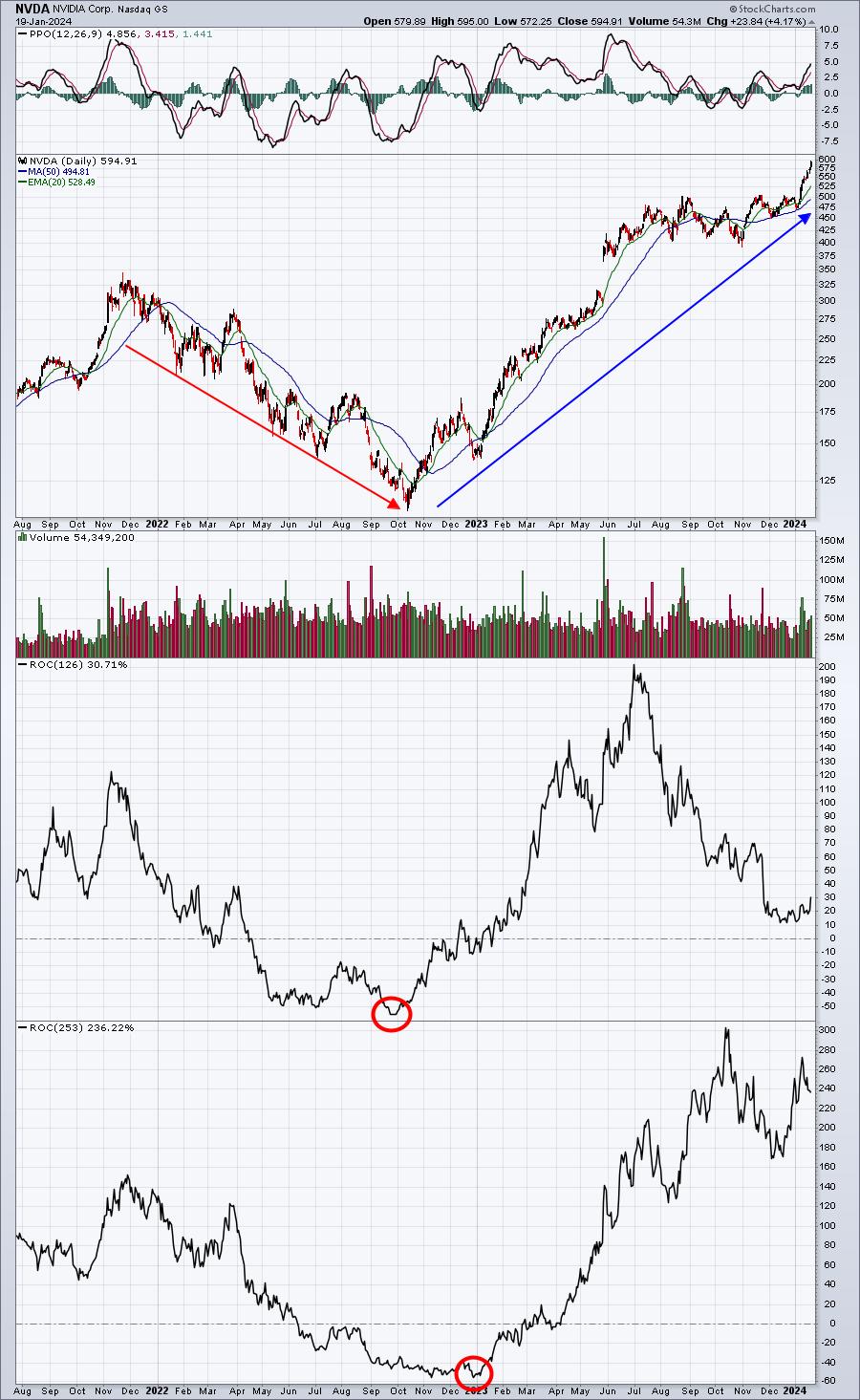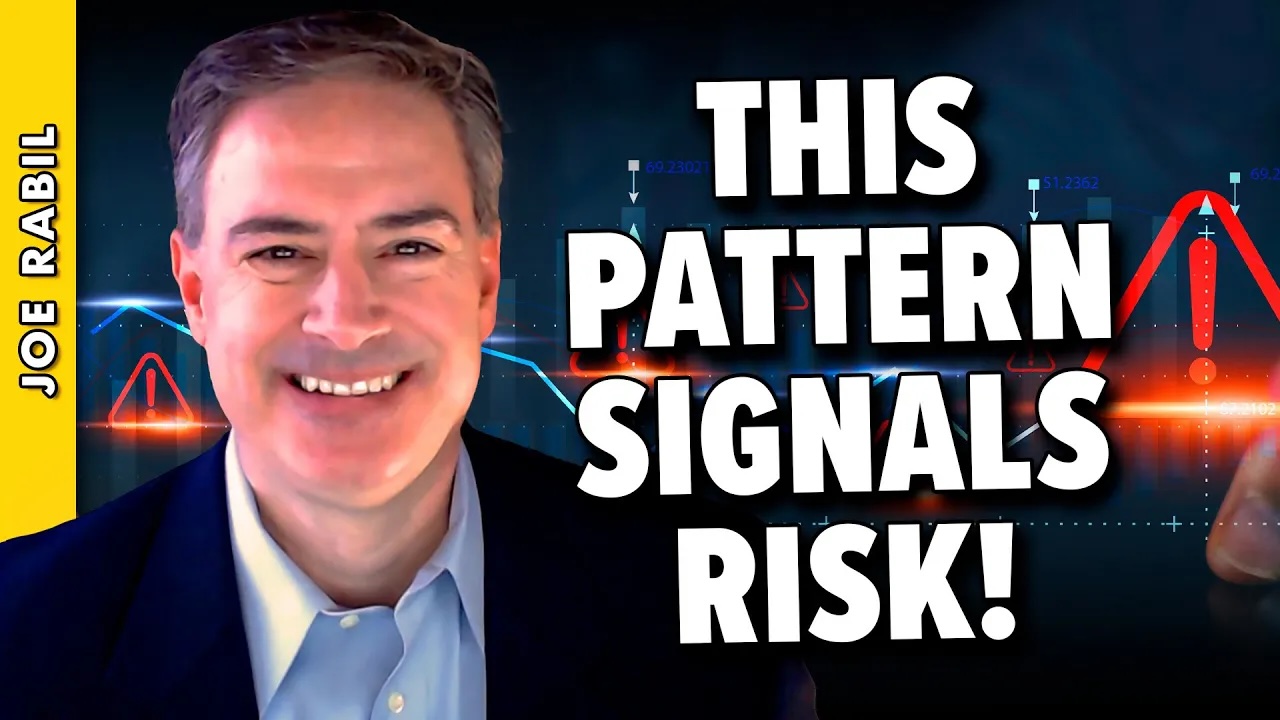Your Money And You: This Investment Strategy May Very Well Be Your Best Choice?

Every one of us faces this question as we look to the stock market for a better financial future. Let me first start this article with the understanding that the stock market isn't your only choice in terms of investing in your future (or your child's or grandchild's future). But this article will ONLY focus on the stock market.
Your Choices
There are a number of factors to help you decide which investment strategy is right for you. Your age, investment horizon, and ultimate goals will likely weigh heavily in devising your own personal investment strategy. Beyond that, however, you must consider the level of risk you're comfortable with. Not all stocks in the stock market are equal-weighted in terms of risk.
Growth Stocks Seeking Capital Appreciation
Stocks dependent on strong earnings and strong future earnings growth might be perfect for anyone willing to take higher risks and have plenty of time (younger age) to recoup losses in the near-term, especially if your strategy will be consistent with additional future investments being made as well as current investments. Growth stocks can generate very strong returns in a favorable environment of low interest rates and strong future earnings, but many do no pay anything out of current earnings (think dividends). As economic conditions change, valuations can drop rapidly with lowered expectations of earnings and growth. You don't have to look back that far (2022 cyclical bear market) to see how far growth stocks can fall in a very short period of time.
As an example, let's look at NVIDIA Corp (NVDA), which has gained 236% over the past year, but pays no dividend. It's been the leading NASDAQ 100 stock, along with six others that have more than doubled over the past year:
CRWD: +190.98%META: +181.64%AMD: +157.32%PANW: +140.03%AVGO: +119.94%ZS: +109.56%As a growth stock investor, it's these types of gains that make investing fun. But there's a dark side to this group as well. We only need to look back at the past few years of NVDA performance to understand the roller coaster ride that your growth stock might take your money on:
Right now, I'm sure everyone would have liked to have owned a lot of NVDA. But the same wouldn't have been said at the end of 2023, when NVDA's 1-year rate of change (ROC) had fallen close to -60%. Bear markets can be absolutely brutal for growth stocks, because their future earnings growth and earnings growth rates contract with economic activity. And, if that's the primary factor in growth stock valuations, it's going to be very painful. Even the 6-month ROC in September 2023 was close to -60%. Imagine that your entire portfolio is situated in growth stocks like NVDA 6 months to a year prior to the start of retirement. Then think about the pain and stress, both emotional and financial, that type of drop would inflict on you. When you consider your strategy, you MUST consider all possibilities, not just the best ones.
Conclusion: Investing in growth stocks should be considered in EVERY portfolio. Even those who have already retired could have a nest egg expected to last another 20 years or more. But you won't need all of that money in the first year of retirement. A portion of your savings will be needed 10-20 years down the road or longer. This portion could be invested a bit more aggressively as you won't need this money for many years to come. Historically, growth stocks will typically outperform more conservative investment approaches over periods of 10 years or more. However, determining how much you should invest in growth stocks is based on a number of factors, including age, years to invest, personal risk tolerance, investment purposes, financial goals, etc.
Income Investors Seeking Dividend Yield
This is a more conservative strategy that focuses much more on payments to shareholders out of current earnings and in the form of dividends. These more conservative dividend payers tend to see much more consistency in their earnings picture and much less volatility in their stock price, though there certainly can be exceptions to this general rule. These investment are not usually as highly stressed by shorter-term economic concerns. Utilities and real estate companies quickly come to mind. They are not fully insulated from economic concerns, especially real estate as this group can react to movements in interest rates, but most investors in these two sectors look toward higher income/dividends as a primary reason for investment. To illustrate using a perf chart, let's compare the price performance of a growth area like technology (XLK) to more income-oriented areas like utilities (XLU) and real estate (XLRE), since the current secular bull market advance began in 2013:
Most technology stocks pay little or no dividend, but you can see that the capital appreciation opportunity is obvious. Many of the big drops in the stock market are felt harder in technology, however. The XLU and XLRE provide much smaller opportunities with capital appreciation as their earnings growth prospects do not fluctuate over the years as wildly as technology companies. But the comparative safety of capital, along with a much, much higher portion of current earnings being paid out by utilities and real estate companies is the preference of many income-oriented investors. Their dividends, many times, compete with an even safer form of investment, U.S. Treasury securities.
Combination of Capital Appreciation and Dividend Yield
For many investors, it's probably a good bet that owning both capital appreciation and dividend-paying stocks makes a lot of sense. And there are a group of stocks that show significant combinations of both strategies that might appeal to many investors. It doesn't have to be one or the other. How about the "hybrid" company, one whose dividend yield may be more modest, but the dividend growth rate is strong and fairly sustainable. Here are three stocks that might qualify for this hybrid label:
Proctor & Gamble (PG):
PG is a stock normally thought of as defensive and value-oriented. I'm not sure the chart necessarily agrees with this assessment. Let me start by saying that PG has raised its annual dividend for 68 consecutive years. That's quite an accomplishment in and of itself, considering the number of secular and cyclical bear markets that PG has endured. And PG hasn't been a bad grower either. Here's the price chart:
I've changed the chart here to quarterly, since dividends are paid out quarterly. I've also lengthened the chart to 30 years, so that you can see the power of capital appreciation AND solid increases in dividends each year. PG has not only raised its dividend for 68 consecutive years, but the AVERAGE increase is 8.6% since 1994. Those dividend payouts have spiked significantly, which tells us that the current dividend payout in 2024 will only continue to increase by a rate that will at least keep up with inflation, if not exceed it. Oh, and then throw in the capital appreciation potential. Nothing is ever a guarantee, but PG has been a very solid investment for a long, long time. If you're a growth investor, however, the day-to-day movement in PG will likely bore you. Boring isn't always a bad thing, though, especially when it comes to building financial wealth.
Starbucks, Inc. (SBUX):
SBUX is another long-term solid grower in terms of capital appreciation, but long-term investors might be surprised that its dividend yield is currently 2.43%. The price chart below tells its own story in terms of price appreciation, but check out how quickly the SBUX quarterly dividends have been climbing:
While the SBUX capital appreciation rate has slowed from its earlier years, its ability to generate profits to pay out higher and higher dividends has not. SBUX has an average increase in its annual dividends of 17.76% since the secular bull market began in 2013. In recent years, that average increase has fallen into the high single digits (8-9%), but that's still a very solid annual increase rate.
Nike, Inc. (NKE):
NKE has been a grower over the years and its annual dividend has increased every year this early this century - through two secular bear markets and 3 cyclical bear markets, which shows the company's ability to increase shareholder weather - even during the worst of stock market climates. Check out NKE's capital appreciation over the years:
Despite its underperformance the past couple years, NKE has still been a "10-bagger" over the past 15 years, rising from 10 bucks to 100 over that period. But a rapidly-rising annual dividend, combined with price struggles since 2021, now provides a 1.45% dividend yield. Not only has NKE raised its dividend every year over the past couple decades, but its AVERAGE annual dividend increase has been double digits in all but 2 of those years. During 2009 and 2010, NKE "only" raised its annual dividend 8.7% and 8.0%.
These hybrid stocks do feel an impact from economic activity, but the combination of price appreciation and solid dividends and dividend increases should not be overlooked.
For the past several years, with only minor exceptions (namely, the 2022 cyclical bear market), I've suggested sticking with this secular bull market. Betting against these bull markets is a big mistake, in my opinion. The perma-bears just keep digging themselves a deeper and deeper hole. In Monday's FREE EB Digest article, I'll provide my argument to derail the most common reason for not investing in the stock market right now. If you're not already an EBD subscriber and you'd like to see Monday's FREE article, simply CLICK HERE to register with your name and email address. There's no credit card required and you may unsubscribe at any time.
Happy trading!
Tom




